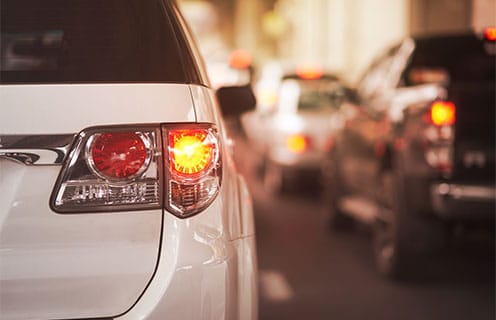Having constantly tried various means such as education and enforcement to get the message across, both the DGT and the Guardia Civil are trying a different approach, humour, to try to get drivers to use one of the most important safety features of our vehicles, the indicators.
It can be said louder but not clearer: you have to use the indicators to signal any manoeuvre that implies a lateral movement, such as making a turn, a change of direction, overtaking, parking, joining, taking an exit… These orange flashing lights, mandatory on all motor vehicles, are the only means that a driver has to indicate intention to other road users. Its operation, which only requires raising or lowering the corresponding lever located behind the steering wheel with one finger, is important to avoid a traffic incident or collision.
Despite being a key element in terms of safety, there are still drivers who choose not to use them, which increases the risk to road users.
While the DGT recalls that “they are easy to use and do not wear out with use”, the Guardia Civil goes further and, humorously, says “More than 32 million vehicles circulate in Spain, and all of them left the factory with indicators. Don’t tell us yours didn’t! If so, auction it off, you’re going to make a fortune because it’s a unique and unknown jewel. Instead, now we need to use it (the tick-tock is cool)”.
In fact, the “tick-tock” to which the message refers is the one that irritated the Spanish TV presenter Cristina Pedroche so much, who in controversial statements made in 2016 said that “I never turn on the indicator when I drive because that little sound makes me angry, ‘tic, tac, tic, tac’, that they do when they are connected”.
As annoying as it is, as established by the General Traffic Regulations, they are mandatory to inform other road users about the manoeuvre that is going to be carried out. In any case, activating them does not give full priority or right of way to carry it out. First you have to make sure that it can be done without hindering the progress of other motorists or compromising road safety.
To do this, it is necessary to observe the traffic well through the mirrors and looking around. After making sure that we can complete the move without incident, we proceed to signal the action: we raise the lever if we go to the right or lower it if we do it to the left.
There are multiple traffic situations in which it is necessary to use them to indicate what action we are going to carry out with our vehicle. Such is the case of the incorporations in a road, either from stopped or in movement when we access a motorway; changes of direction, in which vehicles traveling in the opposite direction must also be watched; parking or stopping; overtaking and lane changes; as well as the exits of a roundabout, for example.
In the extraordinary event that they do not work, the indication of the change of direction must be indicated with the arm: in a horizontal position with the palm of the hand extended downwards, if the movement is going to be towards the side indicated by the hand, left; or bent upwards, also with the palm of the hand extended, if it is going to be the other way, right.
The General Circulation Regulation establishes that a turning, change of direction or overtaking manoeuvre carried out “without warning the rest of the users with the mandatory signals, without sufficient notice” is considered a serious infraction sanctioned with a fine of 200 euro. Likewise, any failure of the indicators will result in a failure at the ITV inspection.





